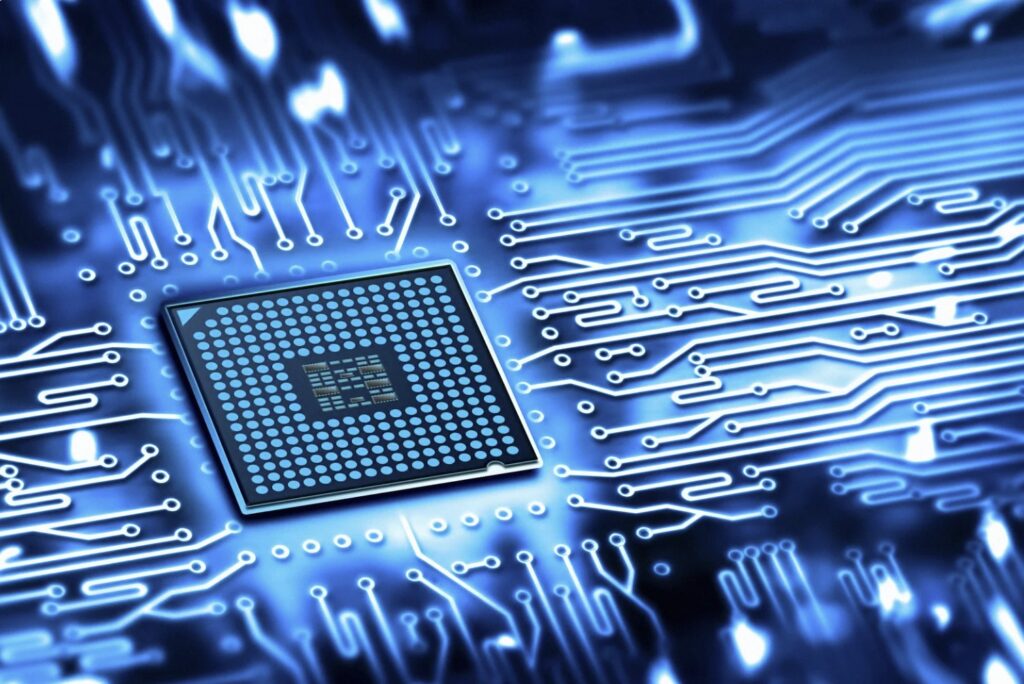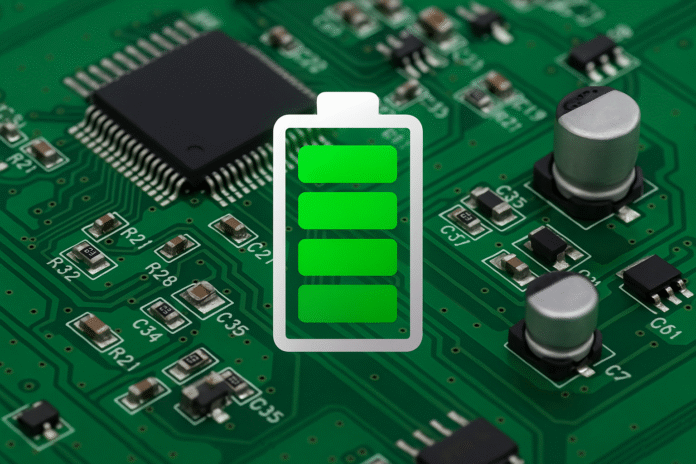Optimizing power management in battery-powered devices is critical for building reliable, efficient electronics that perform well without frequent recharging or bulky power systems. In modern pcb design, engineers must account for the limited energy supply of batteries while balancing functionality, performance, and cost. Whether the application involves IoT sensors, wearables, medical implants, or consumer electronics, the core challenge remains the same: maximize energy efficiency without sacrificing key features.
This article provides practical strategies and engineering principles for optimizing power management in battery-powered devices. It covers circuit-level techniques, system design approaches, and component choices that contribute to better power efficiency, longer battery life, and more stable operation.
Power Management in Battery-Powered Devices
Battery-powered devices must function under strict energy budgets. Designers are often constrained by physical size, thermal considerations, safety, and the need for long operating times between charges. Effective power management is the result of smart pcb design, firmware optimization, and hardware selection.
At the heart of power management lies the ability to control how and when energy is used. A well-designed power subsystem regulates voltage and current efficiently, transitions between low-power states gracefully, and isolates inactive modules when not needed. Components like low-dropout regulators (LDOs), switching regulators, PMICs (Power Management Integrated Circuits), and battery fuel gauges all contribute to effective control.
Battery chemistry also plays a role. Lithium-ion cells, for example, offer high energy density and a flat discharge curve, but demand precise charging and protection circuits. Engineers must design for battery cutoffs, charge balancing, and thermal protection.
Optimizing Battery Life in Electronics
Battery life can be extended significantly by following a few key principles throughout the design cycle:
1. Select low-power components: Microcontrollers (MCUs), sensors, and communication chips are available in ultra-low-power variants. Choosing an MCU with sleep modes, low leakage currents, and optimized wake-up routines can greatly reduce idle energy consumption.
2. Use efficient voltage regulation: Switching regulators are more efficient than linear regulators for large voltage drops or variable loads. Buck converters maintain high efficiency when stepping down from higher battery voltages.
3. Minimize active duty cycle: In many IoT applications, sensors and radios only need to be active for a fraction of a second at a time. Keep the system asleep as much as possible, waking up briefly to process and transmit data.
4. Reduce leakage currents: Leakage in passives and semiconductors can drain the battery even in idle mode. Using high-quality passives, minimizing unused GPIOs, and disabling unused peripherals can help.
5. Optimize RF transmission: Wireless modules are typically the most power-hungry parts of a device. Reducing the frequency of transmissions, lowering transmit power, or using energy-efficient protocols (e.g., Bluetooth Low Energy, LoRa) can yield major savings.
Low-Power Design Techniques
To optimize power consumption, both hardware and software must work in tandem. Below are proven techniques used in low-power pcb design:
Sleep modes and power gating: Many MCUs support deep sleep or standby states where the core is off but RAM is retained. Power gating can turn off entire blocks like ADCs or communication modules.
Clock scaling: Running at a lower clock frequency when full speed is not required helps reduce dynamic power, which is proportional to frequency and voltage squared.
Duty cycling peripherals: Instead of continuously powering a sensor or interface, activate it periodically and store data for batch processing.
Interrupt-driven architecture: Avoid polling. Use interrupts to wake the system only when necessary—this applies to buttons, timers, or external events.
Use hardware timers: Hardware timers allow precise wake-up without relying on the CPU. This saves energy by eliminating software loops or excessive MCU activity.
Firmware optimization: Efficient code reduces the number of clock cycles needed for a task. Writing optimized algorithms and reducing floating-point operations also contributes to power savings.
Memory management: Accessing external flash or EEPROM consumes more power than on-chip memory. Cache data when possible, and avoid repeated memory access.

Power-Saving Strategies for IoT Devices
IoT devices face unique challenges due to their remote locations, network constraints, and long battery lifespans. A tailored approach is essential.
Data aggregation and edge processing: Rather than transmitting every data point, process the raw data locally and transmit only meaningful summaries or exceptions.
Adaptive sensing intervals: Adjust sensing or transmission frequency based on context. For example, a temperature sensor may increase sampling rate if a sudden spike is detected.
Over-the-air updates: Instead of requiring physical access to update firmware, incorporate secure OTA update mechanisms to improve efficiency and reduce maintenance trips.
Energy harvesting: Supplementing batteries with solar, vibration, or thermal harvesting can extend life or eliminate battery changes altogether.
Low-power communication standards: Choose the right protocol—LoRa for long-range low-bandwidth, BLE for short bursts, NB-IoT for cellular-based networks.
Battery selection and monitoring: Match the battery’s characteristics to the load. Include battery fuel gauges and capacity monitors to intelligently manage energy resources.
Adaptive transmit power: In mesh or short-range networks, dynamically adjusting RF power based on signal strength reduces unnecessary energy use.
Efficient Power Management in Embedded Systems
Embedded systems often serve as the control brain of battery-powered products. Optimizing power here provides system-wide benefits.
Power domain isolation: Use PMICs or discrete FETs to switch power domains on and off based on operational needs. Isolate motors, displays, and radios unless actively used.
Dynamic voltage scaling (DVS): Some processors can lower their voltage dynamically depending on the workload, saving power during idle or low-performance operations.
On-demand peripherals: Avoid powering up peripherals until they are truly needed. A screen can remain off until a button is pressed, or a sensor can stay powered down unless the application requires its data.
Battery-aware UI/UX design: Mobile applications and firmware should display battery status and alert users when energy is low. User actions (e.g., screen brightness, measurement frequency) can be guided by power state.
Watchdog timers and brownout detection: These mechanisms prevent lockups and ensure reliable operation, which avoids wasteful energy consumption due to bugs or resets.
Testing and profiling: Measure power consumption under different modes using tools like Joulescope or power analyzers. Profile during firmware development to identify and fix power-hungry code paths.
Component Selection and PCB Layout for Power Efficiency
Your choice of components and layout strategy directly affects power consumption.
- Use low ESR capacitors for stable voltage supply and decoupling.
- Place decoupling capacitors close to IC power pins.
- Route high-current traces with sufficient width to minimize IR drops.
- Use a solid ground plane to reduce noise and provide a low-impedance return path.
- Optimize trace lengths for regulators and converters to minimize EMI and resistive loss.
- Separate analog and digital grounds when necessary to isolate noise-sensitive circuits.
Thermal Considerations in Power Management
Thermal efficiency is often overlooked but has a strong correlation with power consumption and battery performance.
- Use thermal vias to transfer heat away from regulators and switching converters.
- Avoid hot spots near battery cells, as temperature rises reduce capacity and lifespan.
- Monitor temperature using onboard sensors and adjust power modes dynamically when thresholds are crossed.
- Select components rated for your expected thermal envelope to avoid derating or failures.
Future Trends in Battery Power Optimization
Advances in semiconductor technology are making it easier to build ultra-low-power systems. Some trends worth watching:
- MCUs with built-in energy harvesting interfaces
- AI-assisted power management units that learn usage patterns
- Ultra-low quiescent current regulators (<100 nA Iq)
- Modular battery management ICs for scalable systems
- LPWAN chips with sub-µA sleep currents
- Integrated PMICs for wearable and implantable devices
As the demand for portable, connected electronics grows, engineers must innovate across all levels—from hardware to firmware—to keep energy usage under control.
Conclusion
Optimizing power management in battery-powered devices is no longer just a design consideration—it is a product-defining factor. Devices that last longer, run more efficiently, and perform reliably in the field are the result of thoughtful engineering, precise pcb design, and intelligent power strategies. From IoT sensors to embedded control units, implementing low-power techniques and efficient architectures delivers better user experiences and competitive products.
